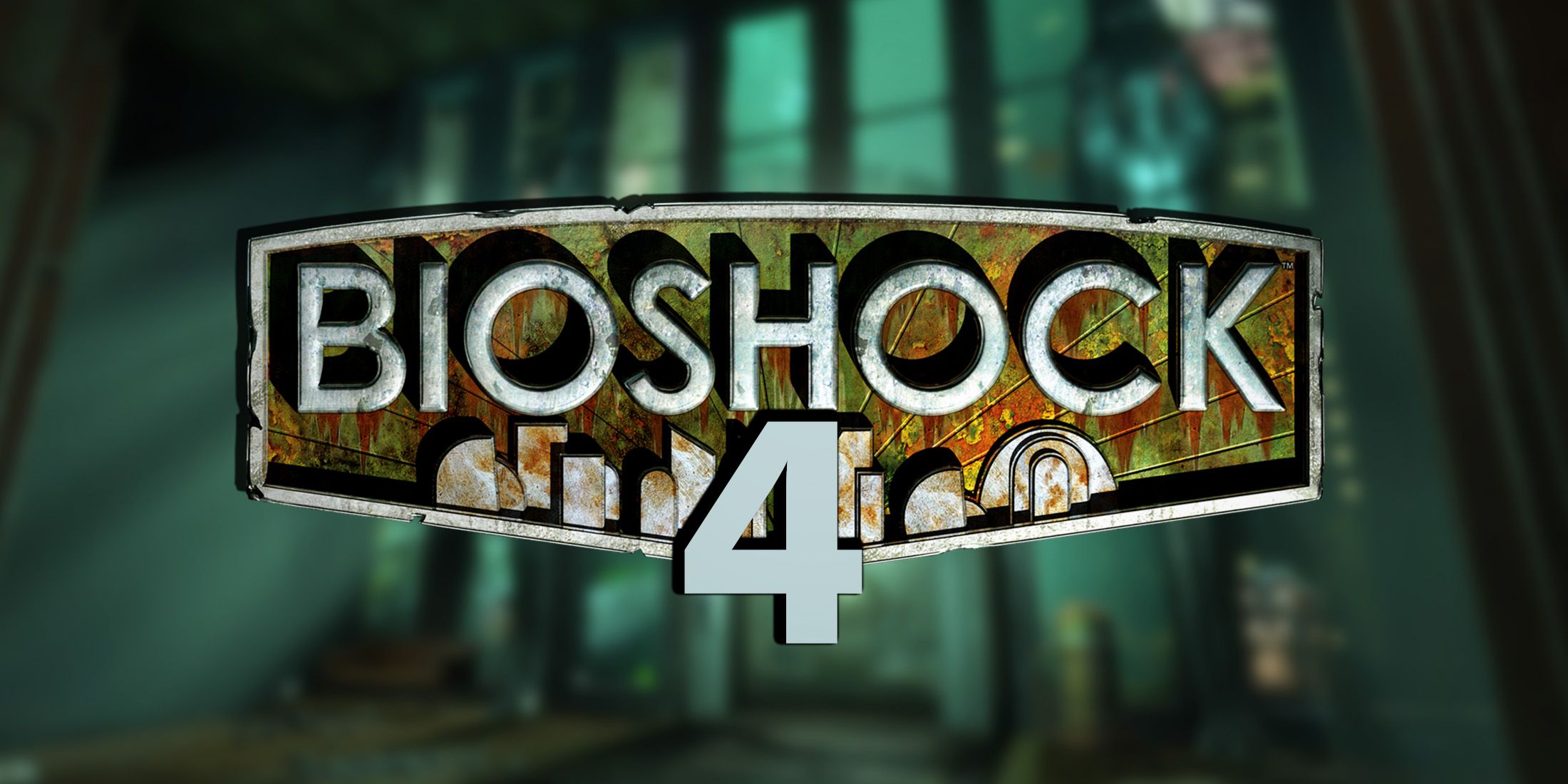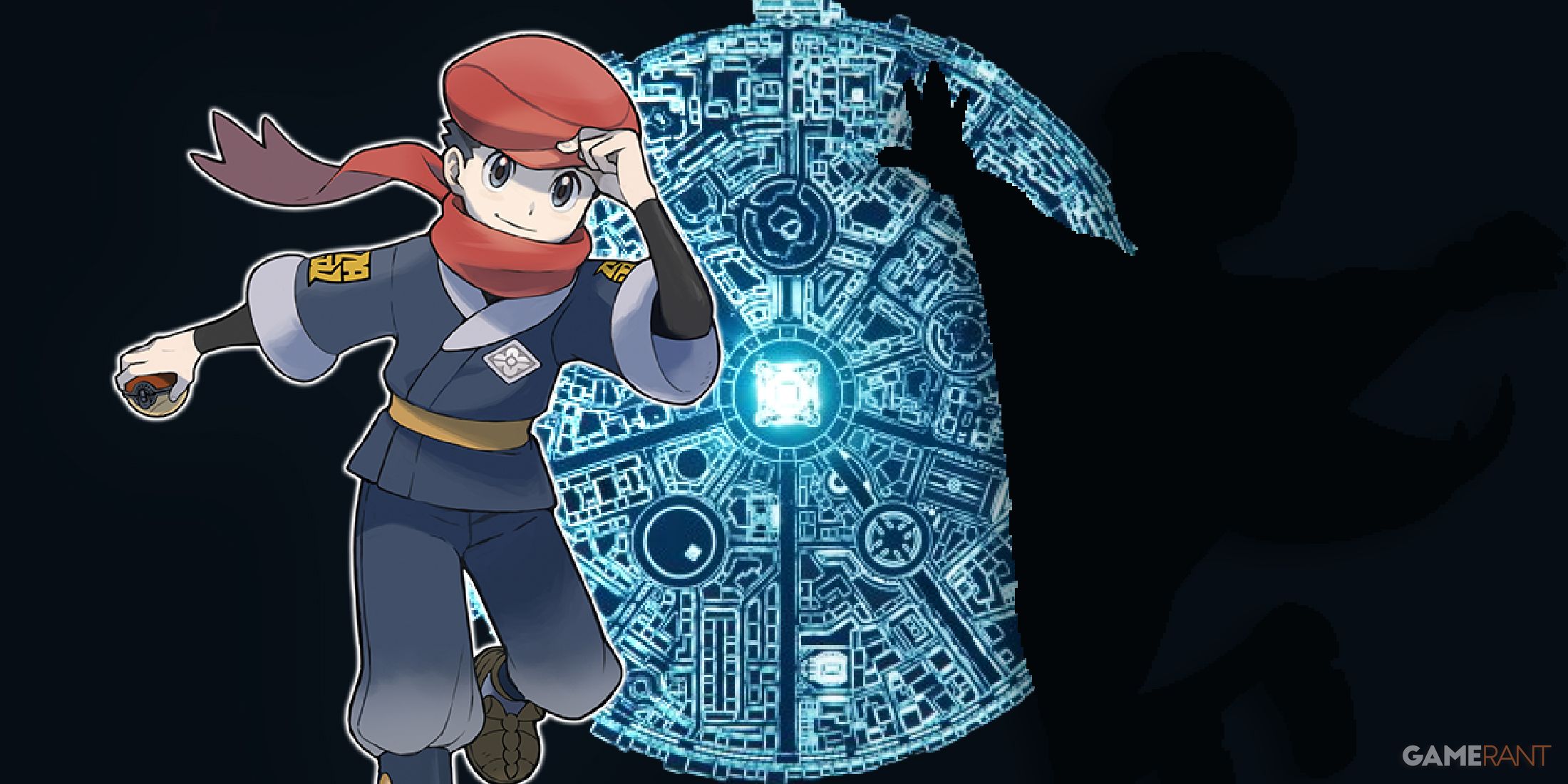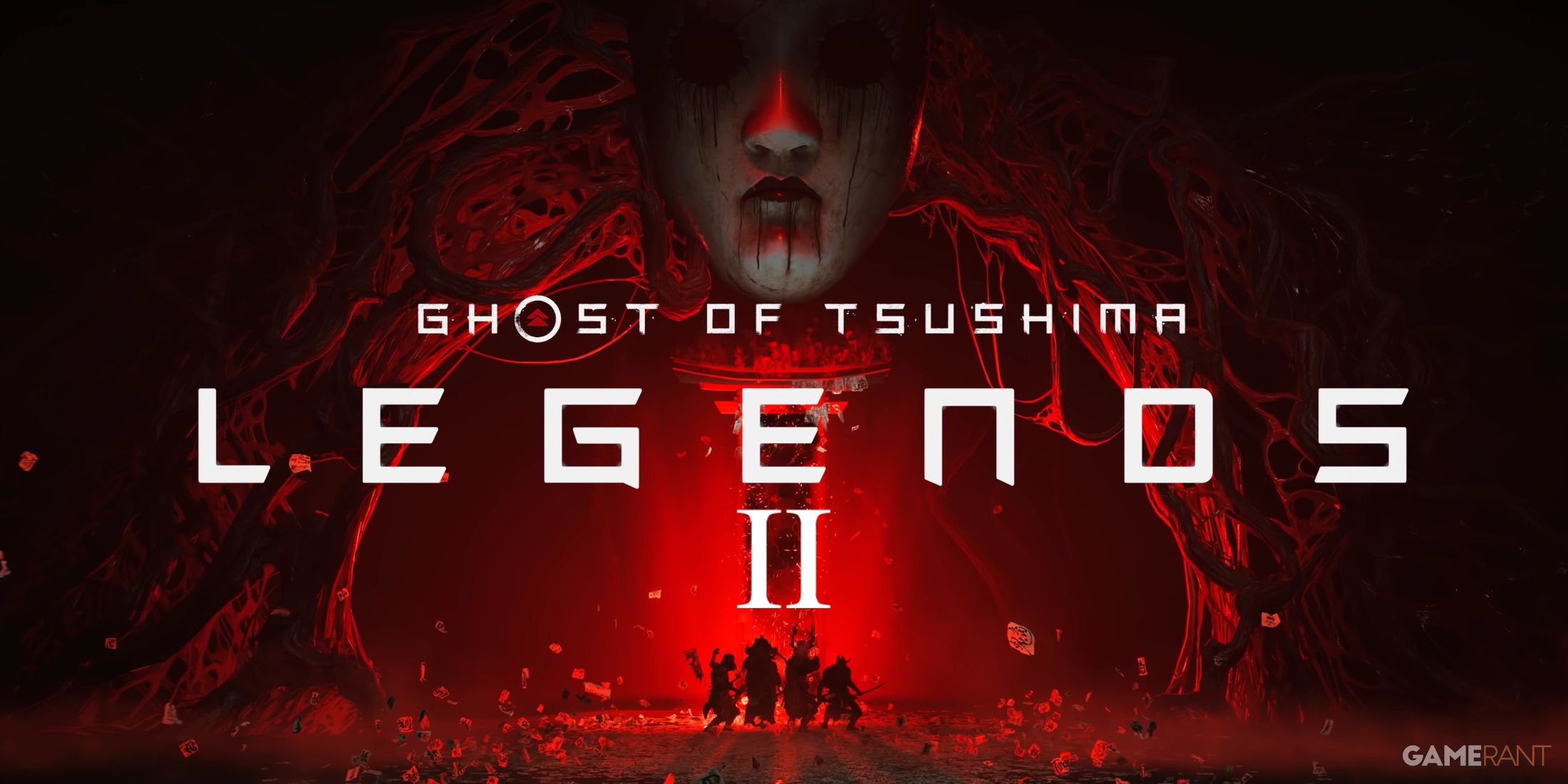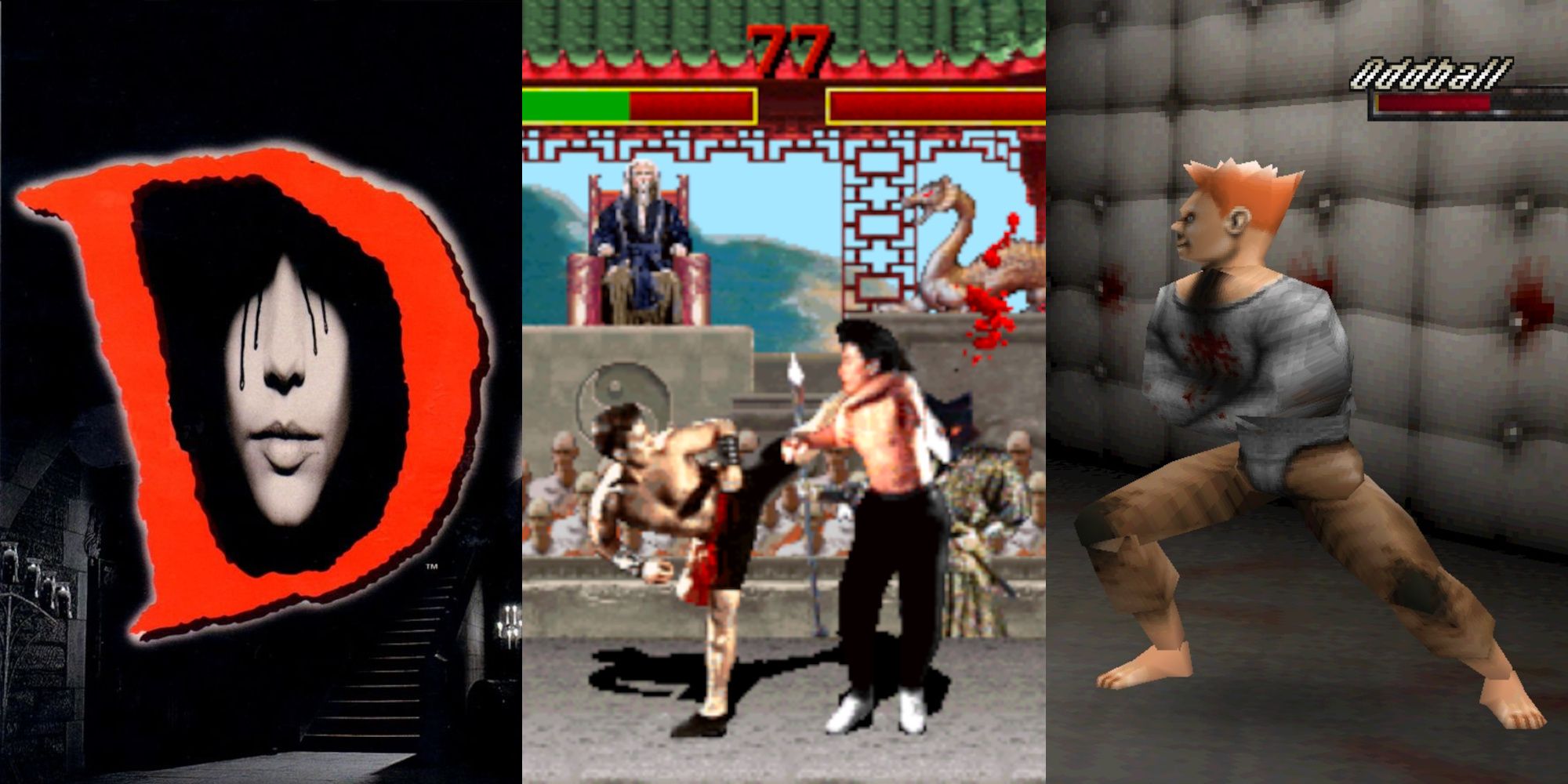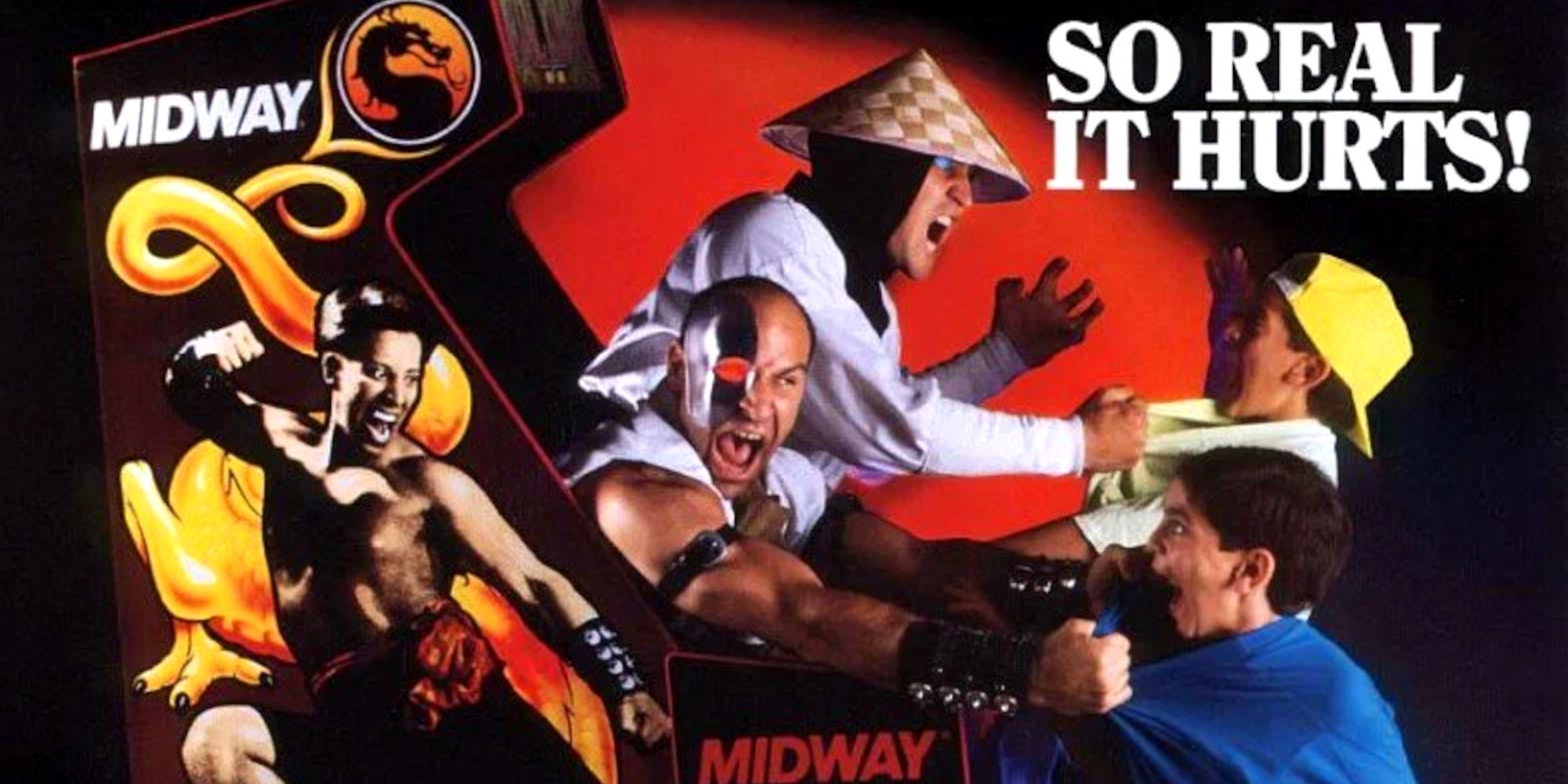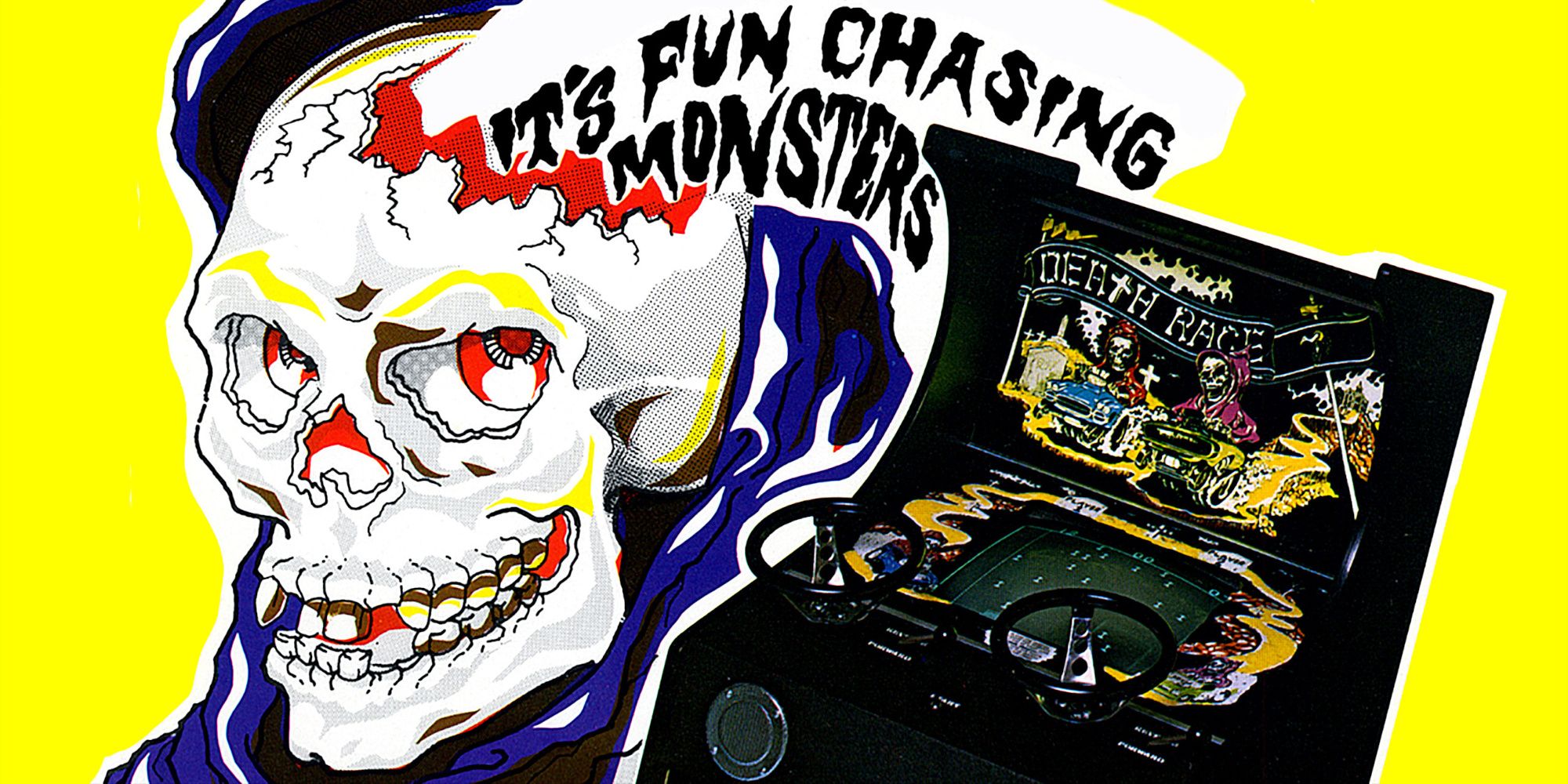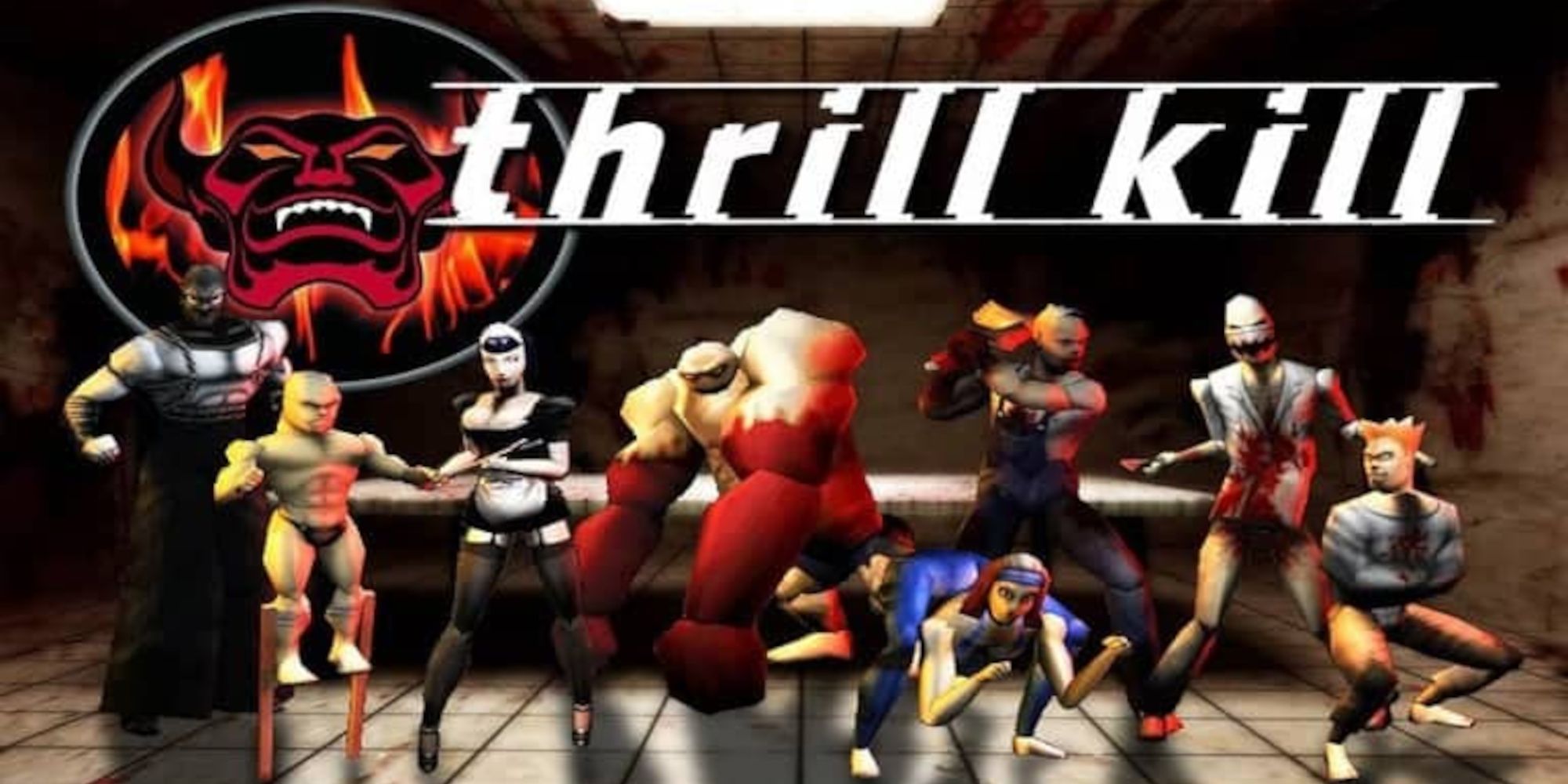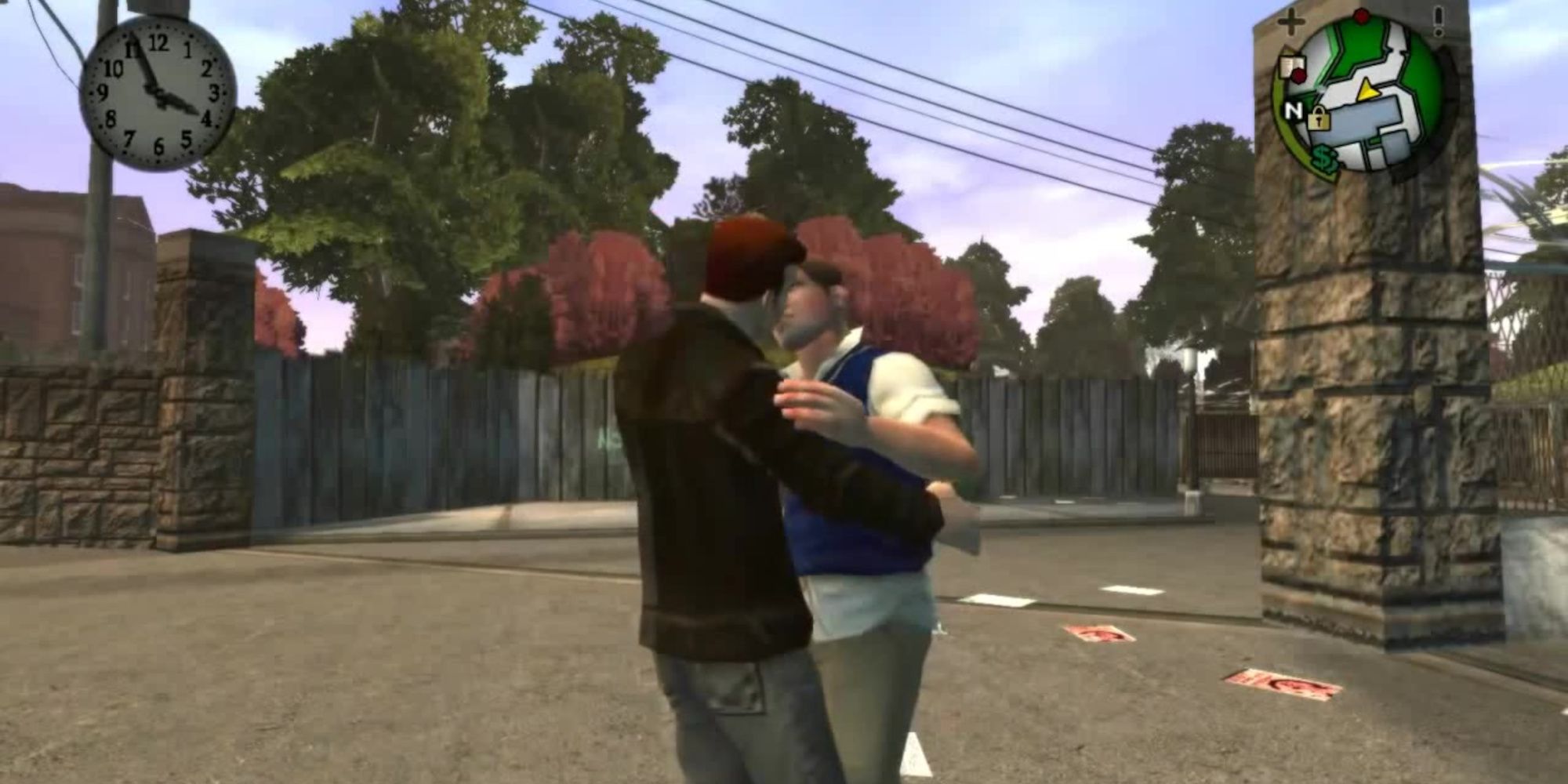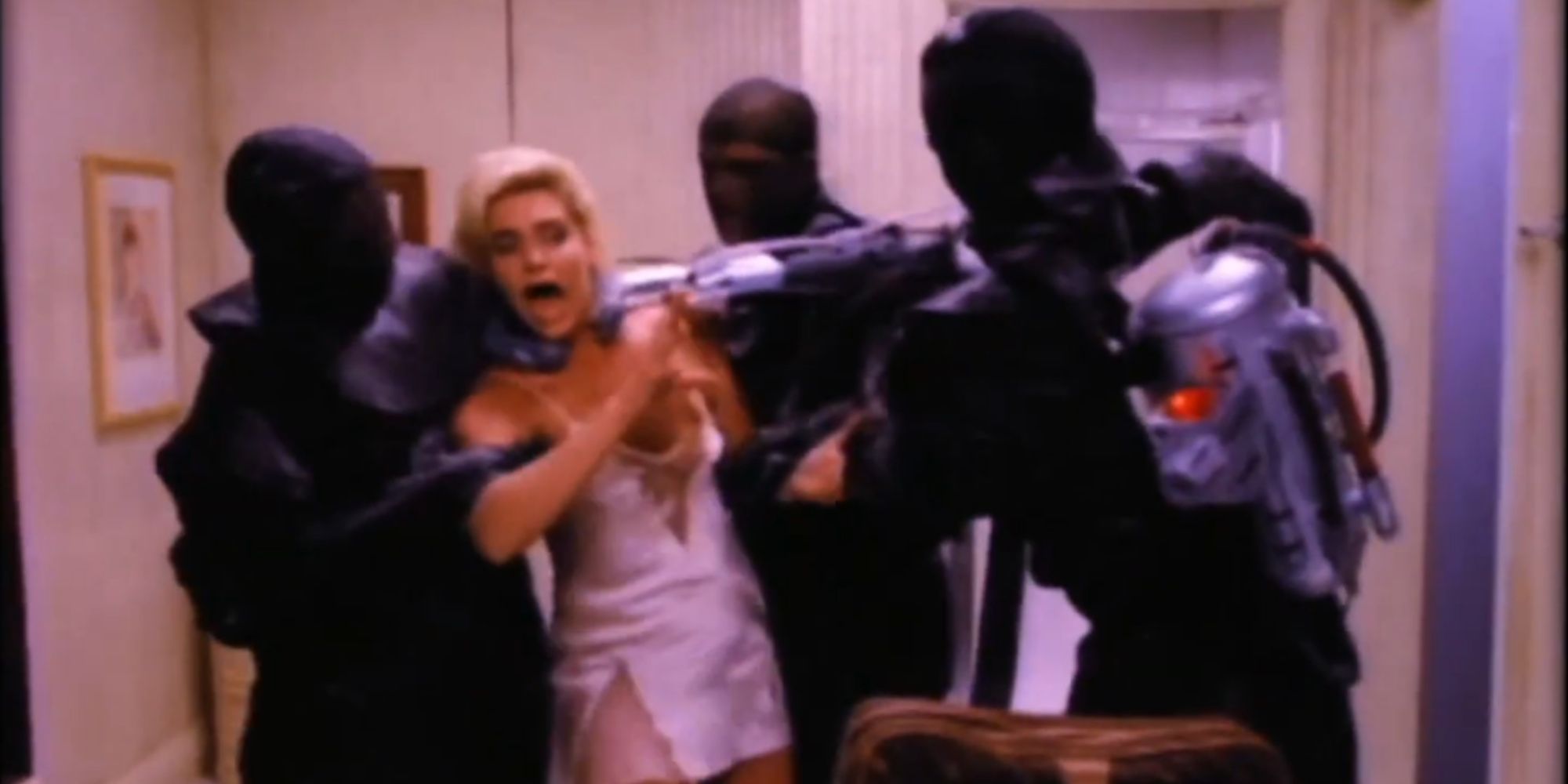As video games have become more popular, they have begun to fall under much closer scrutiny by media watchdogs. Some criticism is justified, but it can often get bogged down by the same kind of hand-wringing about adult content that has troubled the movie and music industry. While some games have come out the other end of this scrutiny unscathed, others were not as lucky.
However, standards change with the times, and what was once shocking to audiences in the past barely registers with newer generations. Just like with films, there are many examples of games that modern gamers can look back on and wonder what exactly all the fuss was about.
6 D (1995)
Designed by the late video game auteur Kenji Eno, D was a full-motion video adventure game in the style of Myst or The 7th Guest. It dealt with so many surreal and macabre themes, such as murder and cannibalism, that Eno didn't think he could get it past his publishers. He submitted a version lacking the controversial content, then swapped it out for the original one at the last minute.
The final game is a dark and somber affair, but the depictions of violence would seem rather quaint to someone viewing them today. The most violent scenes in the game occur during the protagonist's brief flashbacks, specifically the cannibalizing of a severed arm. While still a gruesome concept, the image of a woman taking nibbles from a slightly bloodied limb is unlikely to turn the stomach of modern survival horror fans.
5 Mortal Kombat (1992)
In a sea of fighting games closely modeled after Street Fighter II, the first Mortal Kombat immediately set itself apart with unique pre-rendered graphics and buckets of digital blood. Its gory finishing moves performed against realistic-looking characters stirred up heavy amounts of controversy. Mortal Kombat was one of several games singled out during the 1993 US congressional hearings on video game violence. This resulted in the creation of the ESRB, which still exists to this day.
It's hard to imagine anyone taking the over-the-top splatter and gaudy outfits of the original Mortal Kombat as seriously as they did back then. By comparison, the franchise's most recent entries have been pulling out all the stops when it comes to morbidly creative fatalities. The sight of Sub-Zero simply plucking someone's head off their shoulders, accompanied by a splash of red pixels, would be considered something of a letdown if it were in any post-9 MK game.
4 Death Race (1976)
The very idea of a game from the same era as Pong or Space Invaders causing controversy seems ridiculous, but Death Race and its simplistic black-and-white graphics somehow managed it. Viewed from a top-down perspective, the game's objective was to drive around the screen and collide with nearby stick figures, who let out a digitized screech before turning into tombstones. As the screen fills with these tombstones, it becomes more difficult to maneuver.
It wasn't long until Death Race drew the ire of national news outlets. While official descriptions referred to the game's targets as "gremlins," their simplistic design, death screams, and attempts to flee from the player's car made it hard not to see them as hapless human pedestrians. However, this was a case of any publicity being good publicity, as developers claimed that their sales suddenly increased after the controversy gained traction.
3 Thrill Kill (1998, Unreleased)
Even in the late '90s, when Mortal Kombat was starting to lose some of its luster, there were still plenty of titles striving to be the next big thing in the fighting game category. One of the most infamous was Paradox Development's Thrill Kill, a 4-player 3D brawler that was seemingly designed to push the envelope for how sleazy a video game could be. It featured characters like a redneck cannibal, a straight-jacketed asylum inmate, and a dominatrix, all beating the snot out of one another against a variety of grisly, satanic backdrops.
Virgin Interactive, the game's original publisher, pushed for the game to be more and more provocative, but this backfired when they were acquired by Electronic Arts. At the time, EA were more cautious about stoking controversy, and so they nixed the game's release when it was practically complete. If it had come out back then, then today, Thrill Kill would probably be considered overly desperate to shock and offend in retrospect.
2 Bully (2006)
As soon as it came out that Rockstar Games were making a game focused on juvenile delinquency, there were worries that it would glorify schoolyard bullying. Calls to ban Bully were made in the UK and US, including by the infamous ex-attorney Jack Thompson filing a lawsuit, but neither attempt bore fruit. The judge in Thompson's lawsuit said that "there's nothing in the game that you wouldn't see on TV every night." Even at the time, Bully's actual content was unlikely to rock the boat.
One specific aspect that did ruffle some feathers was the ability to romance both male and female schoolmates, allowing players to play Jimmy Hopkins as a gay or bisexual character. Romantic options never went any further than presenting gifts and giving kisses, but that was still enough for some watchdogs to take issue with it. Such a controversy seems ridiculous now. With LGBT characters being a normal part of modern video games, it's hard to believe anyone would give Bully's dabbling with the idea a second look.
1 Night Trap (1992)
Many specific games were made examples of at the 1993 US congressional hearings on violent video games, but the most baffling inclusion was arguably Night Trap. One of the many interactive movies developed by Digital Pictures, it was a B-movie pastiche where the player is in charge of watching security cameras at a family estate. Vampiric creatures in black leather suits known as "Augers" lumber around the property and need to be trapped before they capture humans and drain them of their blood.
The game was accused of containing gratuitous violence, especially in scenes where the player fails and the Augers kidnap their victims. One particular moment featured a woman being stalked and accosted by three Augers while in the bathroom. Although it sounds menacing, the actual presentation is anything but. The Augers awkwardly attach a metal device to their victim's neck, then struggle to drag her out the door in their bulky, ridiculous outfits. There's a reason that Night Trap is remembered today as a prime example of FMV camp, rather than as a truly terrifying piece of media.

